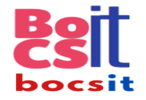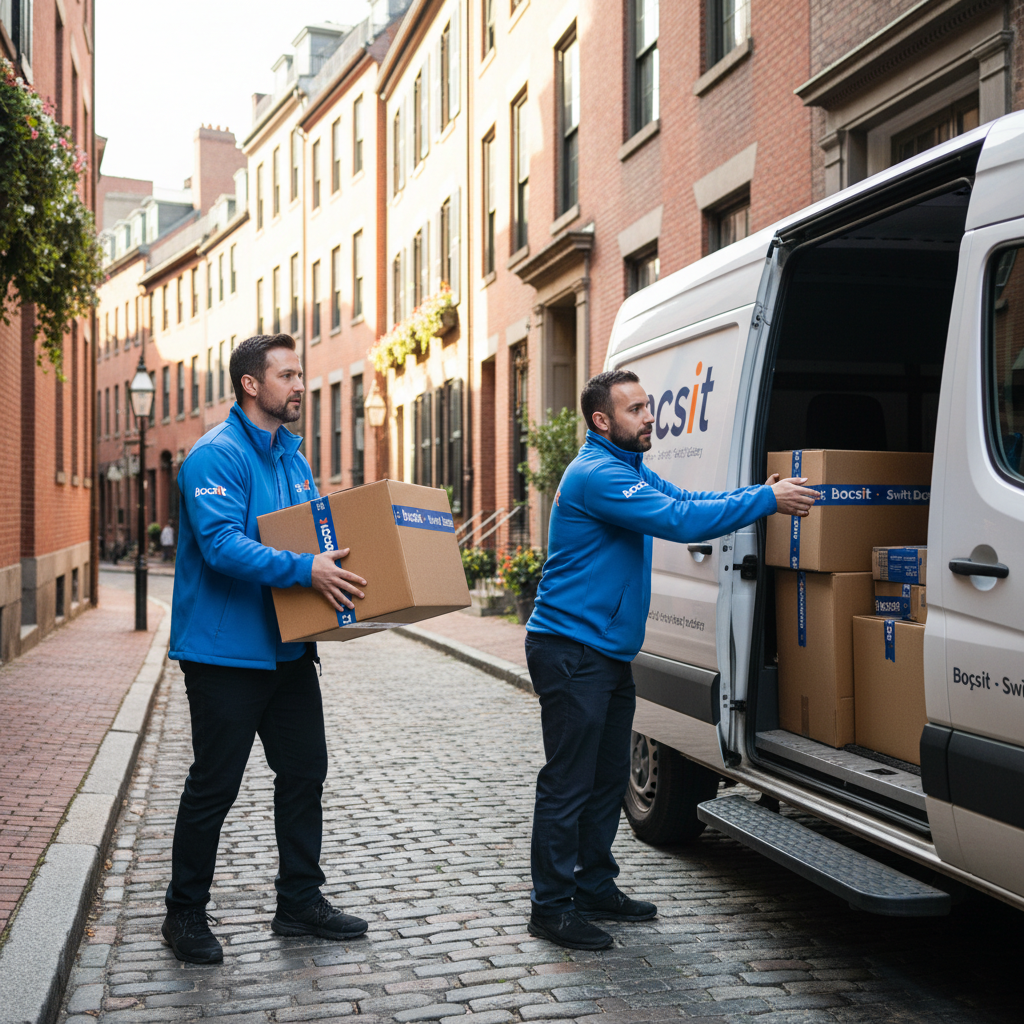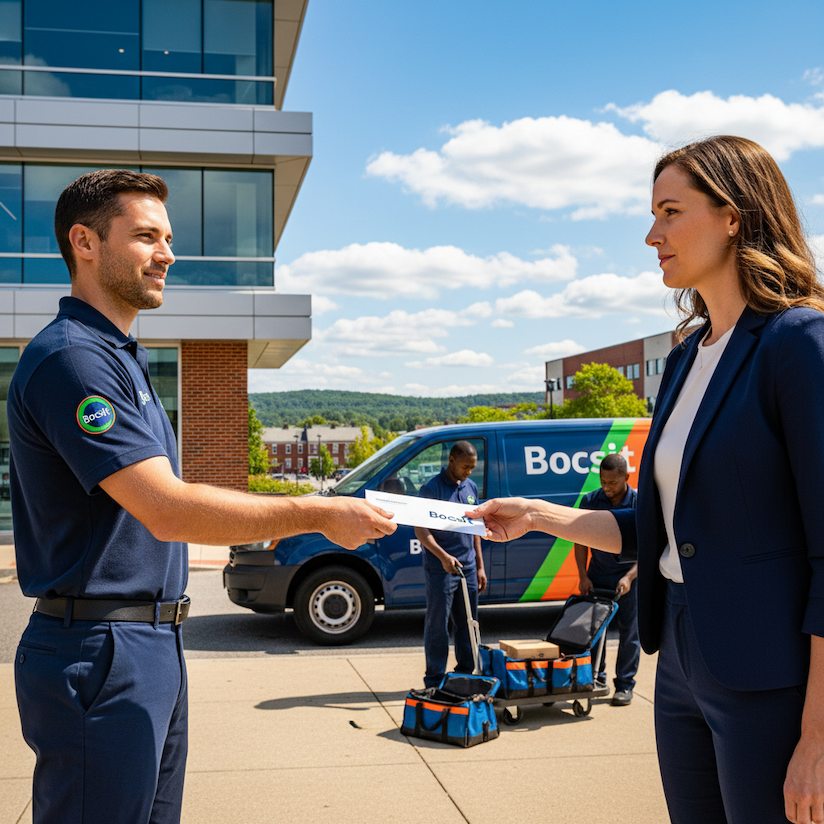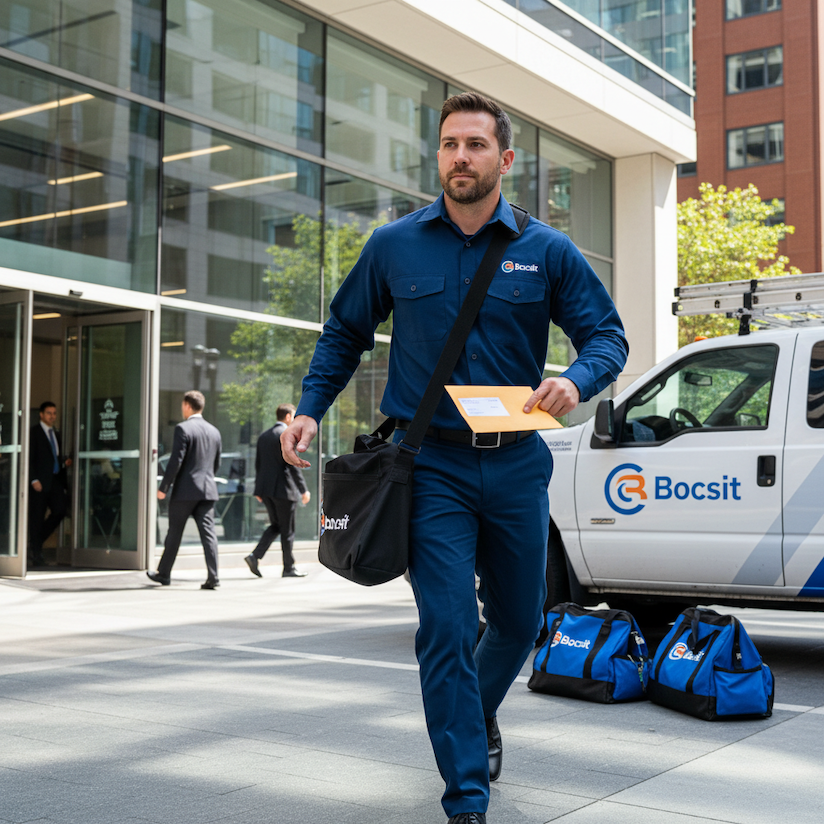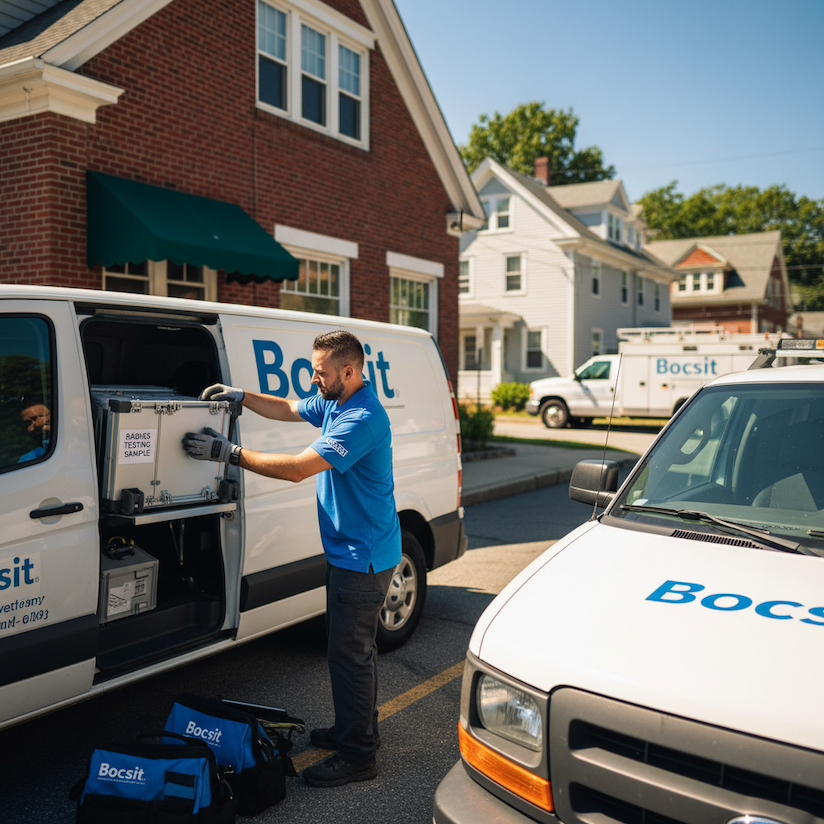The Ultimate Guide to Logistics Optimization: Strategies for Efficiency

The Ultimate Guide To Logistics Optimization
In today's competitive market, logistics optimization is not just a nice-to-have; it's a must-have. It's the secret sauce that can make or break the efficiency and profitability of your operations. This guide will walk you through everything you need to know about optimizing your logistics, from understanding the basics to implementing advanced strategies that drive real results. So, whether you're a seasoned pro looking to fine-tune your operations or a newcomer eager to learn the ropes, you're in the right place.
Understanding Logistics Optimization
At its core, logistics optimization is about maximizing efficiency and reducing costs throughout the supply chain. It involves a holistic view of your operations, identifying bottlenecks, and implementing solutions to streamline processes. But it's not just about moving goods from point A to point B as quickly and cheaply as possible. It's also about ensuring reliability, improving service quality, and enhancing flexibility to respond to market changes.
The Pillars of Logistics Optimization
- Technology Integration: Leveraging the latest technology, such as AI, IoT, and blockchain, to improve visibility, tracking, and efficiency across the supply chain.
- Data Analytics: Using data analytics to make informed decisions, forecast demand, and manage inventory more effectively.
- Process Improvement: Continuously refining processes to eliminate waste, reduce delays, and improve overall workflow.
- Collaboration: Working closely with suppliers, distributors, and other partners to create a more cohesive and efficient supply chain.
Step-by-Step Strategies for Optimization
- Assess Your Current Operations: Start with a thorough analysis of your existing logistics operations. Identify strengths, weaknesses, and areas for improvement.
- Implement Technology Solutions: Adopt technology solutions that fit your specific needs. This could range from a simple inventory management system to a comprehensive supply chain management platform.
- Optimize Routing and Distribution: Analyze your routing and distribution strategies. Look for ways to reduce distances, improve delivery times, and lower transportation costs.
- Enhance Inventory Management: Develop a more efficient inventory management system. Use data analytics to predict demand and adjust inventory levels accordingly.
- Foster Collaboration: Build stronger relationships with your supply chain partners. Collaborate on strategies to improve efficiency and reduce costs.
Overcoming Common Challenges
Logistics optimization is not without its challenges. From dealing with unpredictable supply chain disruptions to managing complex regulatory requirements, there are plenty of hurdles along the way. However, with a strategic approach and a focus on continuous improvement, these challenges can be overcome.
Real-World Examples of Successful Logistics Optimization
Let's look at some companies that have nailed their logistics optimization:
Company A streamlined its supply chain by implementing an advanced analytics platform, resulting in a 20% reduction in shipping times and a 15% decrease in costs.
Company B used IoT technology to improve its inventory management, leading to a 25% reduction in excess inventory and a 30% improvement in order fulfillment accuracy.
Your Action Plan
Ready to start optimizing your logistics? Here's a simple action plan to get you started:
- Conduct an audit of your current logistics operations.
- Identify technology solutions that can address your specific challenges.
- Develop a plan for implementing process improvements and technology solutions.
- Monitor progress and adjust your strategies as needed.
Wrapping Up: The Road Ahead
Optimizing your logistics is an ongoing journey, not a one-time fix. It requires continuous effort, adaptation, and a willingness to embrace change. But with the right strategies and a proactive approach, you can turn your logistics operations into a lean, mean, efficiency machine.
Remember, the goal of logistics optimization is not just to cut costs but to enhance your overall service quality and competitiveness. By following the strategies outlined in this guide, you'll be well on your way to achieving logistics excellence.
FAQs
Q: How often should I review my logistics operations for optimization?
A: It's a good idea to conduct a comprehensive review at least once a year or whenever significant changes occur in your operations or the market.
Q: Can small businesses benefit from logistics optimization?
A: Absolutely! Businesses of all sizes can see significant benefits from optimizing their logistics, including reduced costs, improved efficiency, and enhanced competitiveness.
Ready to embark on your logistics optimization journey? Remember, the path to efficiency is paved with continuous improvement. Start small, think big, and keep pushing forward. Your optimized logistics operation awaits!
